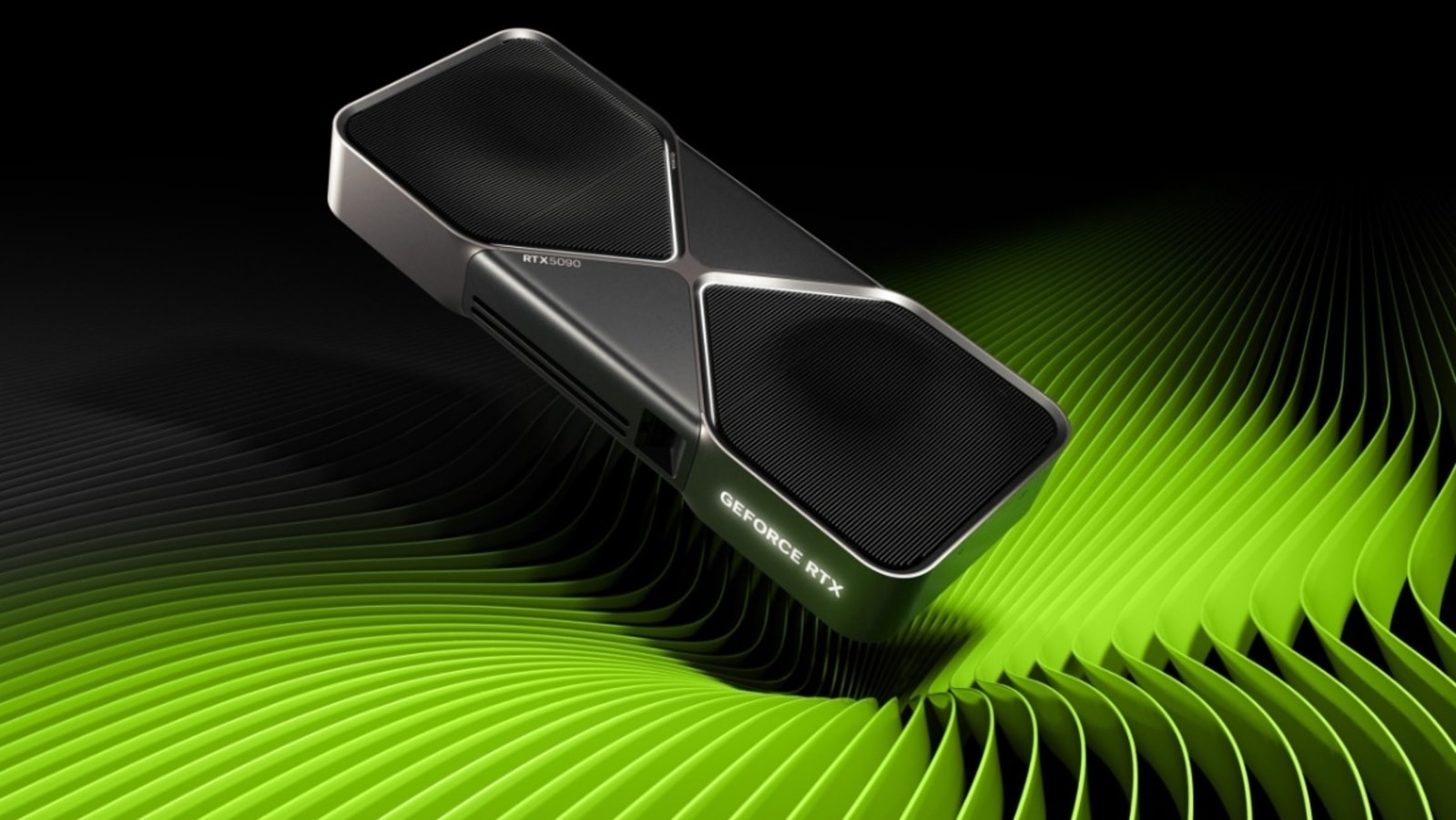For now, NASA will press ahead with preparations for a second launch attempt on Saturday of its new moon rocket, with agency officials saying on Tuesday that they hoped to work around an engine problem encountered during the first attempt on Monday.
At a news conference, NASA officials said they were aiming for a two-hour launch window on Saturday, starting at 2:17 p.m. Eastern time. However, potentially stormy weather at the launchpad at the Kennedy Space Center in Florida may not cooperate.
Monday’s launch attempt of the Artemis I, a test flight with no crew, was called off after a liquid hydrogen line did not adequately chill one of the rocket’s four core-stage engines, part of the preparations needed before ignition.
The temperatures of three of the engines were approaching the target of minus 420 degrees Fahrenheit, while the other one was about 40 degrees warmer, said John Honeycutt, the program manager overseeing development of the Space Launch System rocket. Without a chill down, the temperature shock of supercold propellants could crack the metal engine parts.
Mr. Honeycutt said on Tuesday that the warmer reading might just have been the result of an errant sensor. He said engineers were analyzing other data that could verify whether the engines were all cold enough.
For the next launch attempt, the chill down test will be performed 30 minutes to 45 minutes earlier to reproduce what was done during a successful test firing of the core stage’s engines last year at the Stennis Space Center in Mississippi.
This week, technicians will also take a look at a leak that cropped up during the filling of the rocket’s propellant tanks on Monday and tighten connections in the fuel line that connects to the bottom of the rocket.
During the launch attempt on Monday, engineers were able to stem the leak and resume the flow of hydrogen into the tank.
The Space Launch System rocket is the modern equivalent of the Saturn V that took NASA astronauts to the moon during the Apollo program in the 1960s and 1970s.
If NASA cannot launch by early next week, it will have to roll the rocket back to the Vehicle Assembly Building, an immense facility used to assemble and service rockets. The flight termination system — explosives that can destroy the rocket if it goes off course — needs to be retested 25 days after installation, and that can only be done in the Vehicle Assembly Building.
This mission, which will not have any astronauts aboard, is to test out the rocket and the Orion crew capsule on a 42-day trip, where Orion will go into orbit around the moon before returning to Earth.
With the Artemis I mission, NASA wants to make sure that the heat shield on Orion can survive a fiery entry through Earth’s atmosphere at 25,000 miles per hour, the speed of a spacecraft returning from the moon.
The weather conditions for Saturday “favor showers and possibly a few thunderstorms moving in from the coast during the morning and early afternoon hours,” said Marc Berger, launch weather office with the United States Space Force’s 45th Weather Squadron.
Mr. Berger estimated the probability of a weather problem during the launch window to be “in the neighborhood of 60 percent,” but he added that there could be pockets of clear skies between the storms.

























